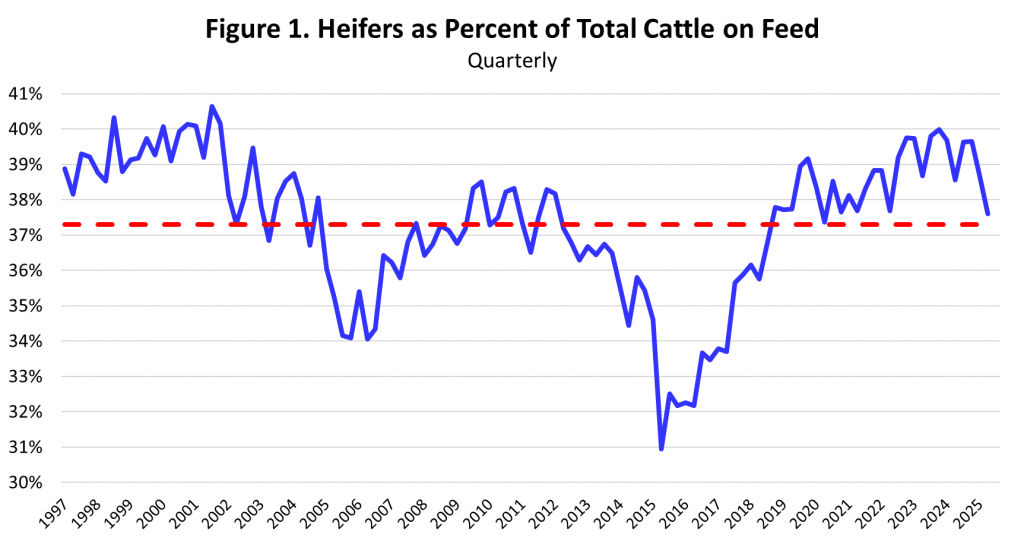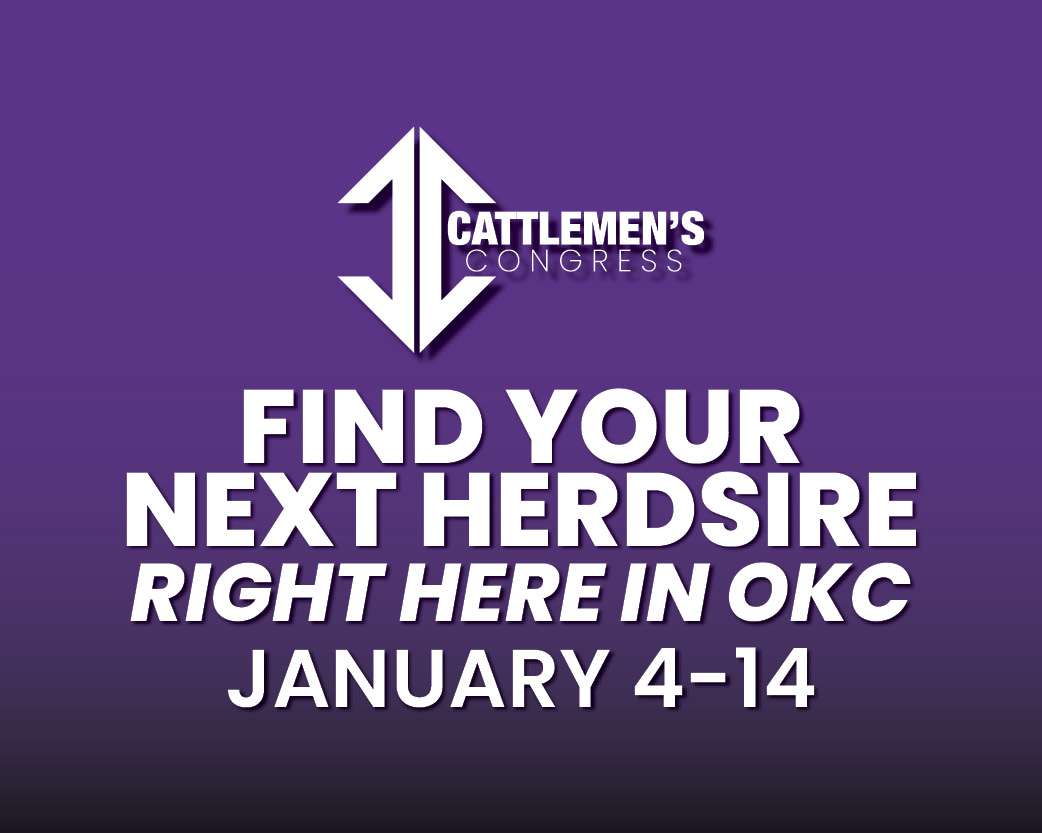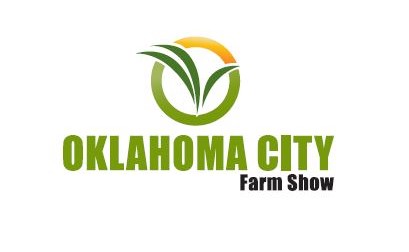
Dr. Derrell Peel, Oklahoma State University Extension Livestock Marketing Specialist, offers his economic analysis of the beef cattle industry as part of the weekly series known as the “Cow Calf Corner,” published electronically by Dr. Peel, Mark Johnson, and Paul Beck. Today, Dr. Peel discusses the latest Cattle-On-Feed Report.
The latest USDA Cattle on Feed report pegs feedlot inventories on April 1 at 11.638 million head, down 1.6 percent year over year. The twelve-month moving average of feedlot inventories is 11.586 million head, the lowest average level since November 2023. March feedlot marketings were 1.725 million head, up 1.1 percent year over year. Marketing in the first quarter of the year are down 2.2 percent compared to one year ago. Placements in March were up 5.1 percent from one year ago but are down 4.0 percent year over year in the first three months of 2025.
In the current cattle cycle, feedlot inventories peaked in 2022. The April 1 feedlot inventory was down 4.6 percent compared to April 1, 2022. The top six cattle feeding states in April 2022 (Texas, Nebraska, Kansas, Colorado, Iowa, and California) accounted for 85.6 percent of the total feedlot inventory. Those same top six states currently account for 84.1 percent of the total feedlot inventory. Since April 2022, feedlot inventory in Texas has decreased by 9.5 percent; Nebraska, down 2.3 percent; Kansas, down 6.8 percent; Colorado, down 9.1 percent; and California, down 11.5 percent. Among the top six states, only Iowa currently has a larger feedlot inventory, up 4.6 percent since April 2022.
The April report also contained the quarterly inventory of steers and heifers on feed. Heifers on feed was 4.38 million head, down 3.9 percent from a year ago and down 4.3 percent from January. Heifers on feed are currently at 4.38 million head, 37.6 percent of the total on-feed inventory, the lowest quarterly total since July of 2021 and the lowest percentage since April 2020. The heifer percentage has averaged over 39 percent for the past 16 quarters. This may be the first solid evidence that some heifer retention is beginning. It is not definitive nor very strong yet – the current heifer on-feed percentage is still fractionally above the long-term average percentage (the red line in Figure 1). During herd expansion, the heifer percentage is expected to drop below 35 percent for several quarters. The next quarterly update in July may confirm the declining heifer on-feed percentage and heifer retention if the percentage drops below 37 percent.

Derrell Peel, OSU Extension livestock marketing specialist, discusses how tariffs are creating uncertainty but the fundamentals of the cattle markets remain the same. on SunUpTV from April 22, 2025, at https://www.youtube.com/watch?v=P8F6jGRso68.

















